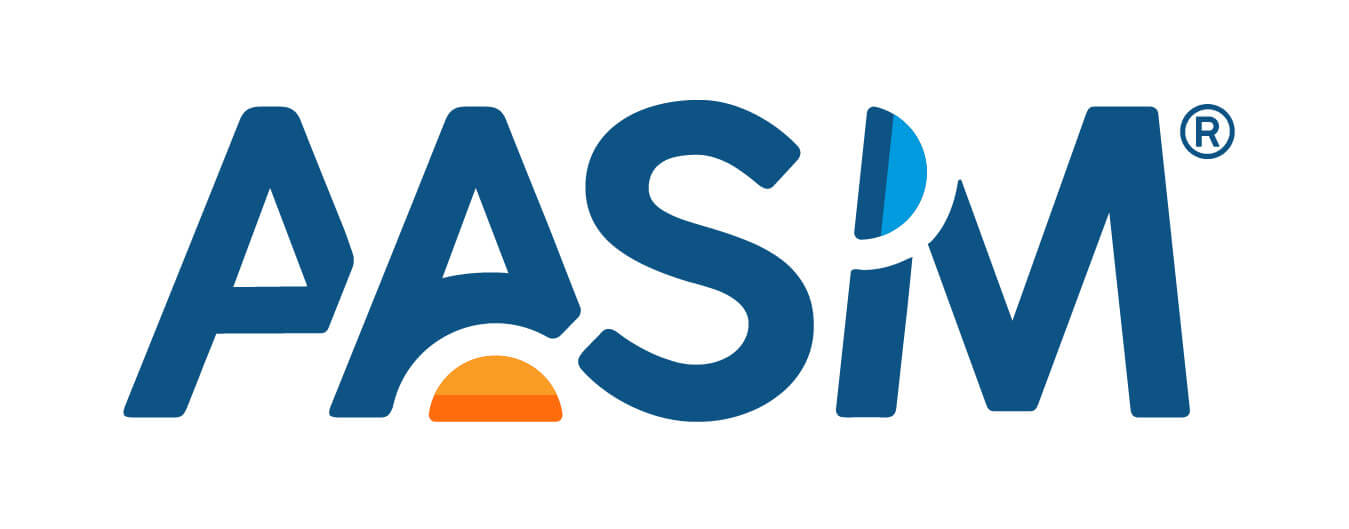On June 25, 2015, the Supreme Court’s decision in the King v. Burwell case preserved income-based federal health care subsidies authorized by the Affordable Care Act (ACA) for Americans who are purchasing health insurance through federal and state-operated exchanges. However, rising health insurance premiums and the increasing prevalence of high deductible health plans are threatening patient access to quality health care.
Recently, the Centers for Medicare & Medicaid Services (CMS) publicly posted health insurance companies’ proposed rate increases for 2016. In some cases, the proposed rates will jump by 10 percent or more in 2016 for individual policy purchasers on public exchanges under the ACA. Insurers insist that these rates must increase to cover the actual costs of providing health care for enrollees. Contributing to these rising rates is the high prevalence of chronic disease in the U.S., which drives increased health care utilization and requires long-term disease management.
Increasingly, the health plans available to consumers in the Health Insurance Marketplace and from employers also have high deductibles, which represent the amount that the consumer must pay before the insurance provider begins to pay for a covered service. In many cases, individual plans have deductibles of $2,500 or more, and some even have individual deductibles as high as $5,000 or more. Deductibles for family coverage often range from $5,000 to $7,500, with a maximum limit of nearly $13,000 for the annual deductible and other out-of-pocket expenses.
Another important factor affecting consumer health insurance costs is the looming “Cadillac” tax. Under the ACA, insurance plans or businesses that offer health plans with annual premiums of more than $10,200 for individuals and $27,500 for families would pay a 40% excise tax on the portion of the premiums that exceeds those thresholds. Although the excise tax doesn’t take effect until 2018, many employers are already scaling back their health benefit offerings or shifting costs to their employees in the form of higher deductibles, co-payments, and out-of-pocket maximums in order to avoid the tax.
A new survey finds that nearly two-thirds of employers facing the excise tax will change their coverage to avoid it. The survey, conducted by the International Foundation of Employee Benefit Plans, finds that 62 percent of the nearly 600 companies polled already have taken action or plan to take action to avoid the so-called Cadillac tax.
What is a high deductible health plan?
The Internal Revenue Service (IRS) defines a high deductible health plan (HDHP) as one with a higher annual deductible than typical health plans and a maximum limit on the sum of the annual deductible and out-of-pocket medical expenses that you must pay for covered expenses. For 2015 the minimum annual deductible for a high deductible health plan is $1,300 for individual coverage or $2,600 for family coverage.
Why the tax?
When the excise tax was passed by Congress in 2010, the purpose was three-fnew: to slow the rate of growth of health care costs; to help finance health care reform, especially the ACA’s coverage provisions; and to make companies and workers more cost-conscious.
What now?
The Cadillac tax could possibly be changed, delayed or even eliminated. Most congressional Republicans and many Democrats oppose it, and some presidential candidates have vowed to make significant changes to the health care law. In April 2015, Congressman Joe Courtney (CT-2) unveiled new legislation that would repeal the excise tax on high-cost health insurance plans scheduled to go into effect in 2018.
How does this affect patients?
Many patients with high deductible health plans may choose not to get the care they need. A recent poll from the Kaiser Family Foundation finds that 24 percent of those under age 65 with health insurance say it is difficult to pay for copays for doctor visits and prescriptions drugs. As a result, many people will skip medical care and avoid filling prescriptions. Patients may forego diagnostic sleep testing or may ignore symptoms such as snoring or excessive daytime sleepiness.
What can we do?
It’s vital to prepare your staff to educate patients about the importance of being evaluated for a suspected sleep disease. Consider recommending home sleep apnea testing (HSAT) as a more affordable diagnostic testing option for patients who are appropriate candidates. Patients who are diagnosed with a sleep disease should receive information about the value and health benefits of effective treatment. In light of growing demands to deliver and demonstrate high value care, the AASM has developed measures for five common sleep disorders to evaluate the quality of care in sleep medicine. Implementation of these quality measures in your sleep medicine practice is the next step.
It is important for sleep medicine physicians to remain aware of how these financial considerations are affecting patients and impacting their health care decisions.








